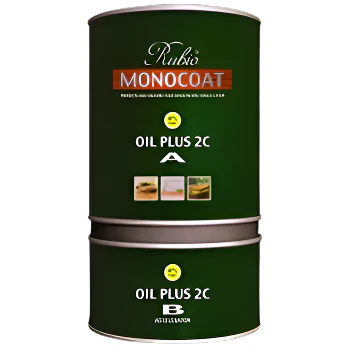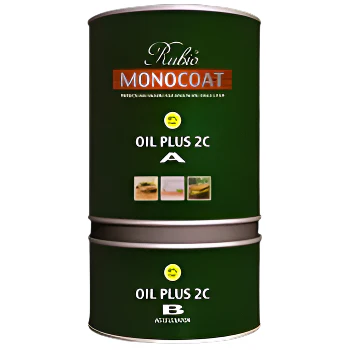Answer
Apr 15, 2016 - 12:00 PM
The samples of Rubio Monocoat Oil Plus 2C shown on our website were applied over solid red oak, which is much different from walnut. Not sure what your test piece was, but veneered wood always takes stain differently than solid wood. That may be part of the difference.
The other part could be that the pigments have settled to the bottom of the bottle, so please be sure to shake well.
Another reason could be the porosity of the wood. Sanding with coarse sandpaper such as 60-80 vs.100-120 will open the pores much more and take much more stain resulting in a darker finish.
Although Rubio Monocoat is a single-coat system, as the name implies, you can test-apply a second coat after a few weeks and it should darken the color. No need to sand.
If none of these ideas produce the look you desire, you may have to sand off the stain and reapply. When you re-apply try wiping the wood with damp rag first before applying the stain (called water-popping) as this will darken the color by 10-15%.
Hope this helps.
The other part could be that the pigments have settled to the bottom of the bottle, so please be sure to shake well.
Another reason could be the porosity of the wood. Sanding with coarse sandpaper such as 60-80 vs.100-120 will open the pores much more and take much more stain resulting in a darker finish.
Although Rubio Monocoat is a single-coat system, as the name implies, you can test-apply a second coat after a few weeks and it should darken the color. No need to sand.
If none of these ideas produce the look you desire, you may have to sand off the stain and reapply. When you re-apply try wiping the wood with damp rag first before applying the stain (called water-popping) as this will darken the color by 10-15%.
Hope this helps.



